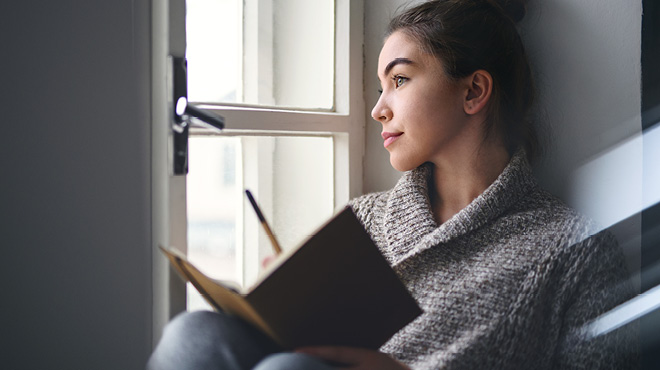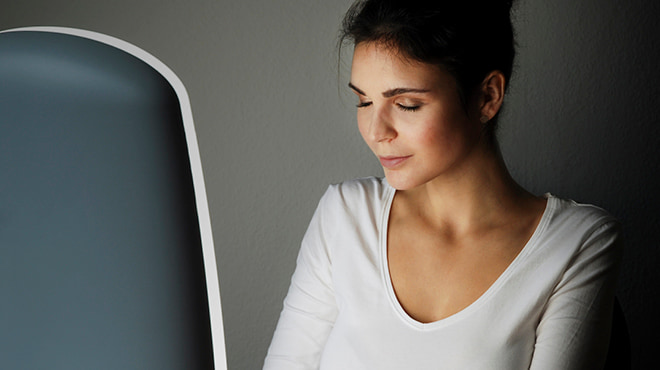Use mindfulness to improve well-being

If you've heard of or read about mindfulness — a form of meditation — you might be curious about how to practice it. Find out how to do mindfulness exercises and how they might benefit you.
What is mindfulness?
Mindfulness is the act of being fully present and aware of what you're sensing and feeling in the moment — without interpretation or judgment.
You may think about things that occurred yesterday or last week, what's happening tomorrow or what to make for dinner. Spending too much time planning, problem-solving, daydreaming or thinking negative or random thoughts can be draining. It also can make you more likely to experience stress, anxiety and symptoms of depression. Practicing mindfulness exercises can help you direct your attention away from this kind of thinking and engage with the world around you in the here and now.
What are the benefits of mindfulness exercises?
Practicing mindfulness exercises can have many possible benefits, including:
- Reduced stress, anxiety and depression
- Less negative thinking and distraction
- Improved mood
- A tool to cope with pain management
What are ways to practice mindfulness?
Simple activities can help you practice mindfulness. Examples include:
- Pay attention.
Listen closely to a person's words the next time you meet someone. Think about the meaning and uniqueness. Aim to develop a habit of understanding others, and delaying your own judgments and criticisms. - Make the familiar new again.
Find a few small, familiar objects — such as a toothbrush, apple or cellphone — in your home or office. Look at the objects with fresh eyes. Identify one new detail about each object that you didn't see before. As you become more aware of your world, you might become fonder of the things around you. - Focus on your breathing.
Sit in a quiet place with your back straight, but relaxed. Feel your breath move in and out of your body. Let your awareness of everything else fall away. Pay attention to your nostrils as air passes in and out. Notice the way your abdomen expands and collapses with each breath. When your mind wanders, gently redirect your attention to your breath. Don't judge yourself. Remember that you're not trying to become anything, such as a good meditator. You're simply becoming aware of what's happening around you, breath by breath. - Awaken your senses.
Get a raisin. Sit in a quiet place with your back straight, but relaxed. Look at the raisin. Smell it, feel it and anticipate eating it. Taste the raisin, and slowly and deliberately chew it. Notice how the raisin's taste changes, your impulse to swallow the raisin, your response to that impulse and any thoughts or emotions that arise along the way. Paying close attention to your senses and body's reaction to the raisin might reveal insight into your relationship with eating and food. - Do a morning coffee exercise.
Start your day with a couple of deep breaths, inhaling through your nose and exhaling slowly through your mouth. Select a coffee cup. Notice the mug — the pattern, color, weight, imperfections, such as chips you may not have seen before. Notice the steam as the water is heating. Notice the sounds the coffee machine makes while brewing your coffee. Take a moment to notice the aroma. Take a sip and notice the taste. Notice the warmth of the coffee mug in your hands.
For other mindfulness exercises, such as focused breathing, you'll need to set aside time when you can be in a quiet place without distractions or interruptions. You might choose to practice this type of exercise early in the morning before you begin your daily routine.
Aim to practice mindfulness every day for about six months. Over time, you might find that mindfulness becomes second nature. Think of it as a commitment to reconnecting with and nurturing yourself. Work smarter, not harder. Find ways to incorporate mindfulness into your daily routine. This could be while enjoying your morning coffee, showering, washing the dishes, spending time with a pet or looking out a window.
Nicole Sobkowiak is a licensed professional counselor in Psychiatry & Psychology in Onalaska, Wisconsin.




